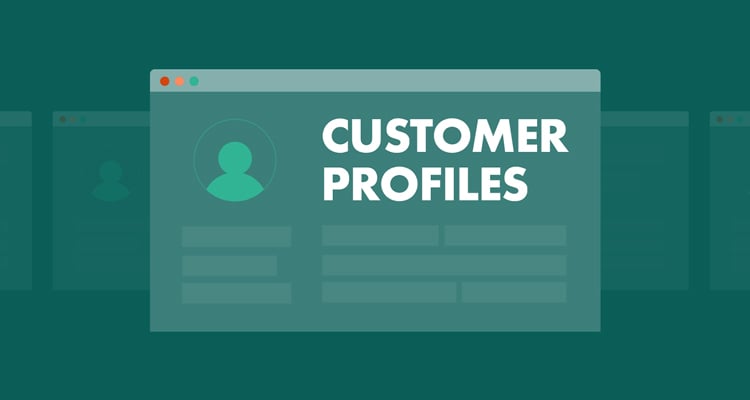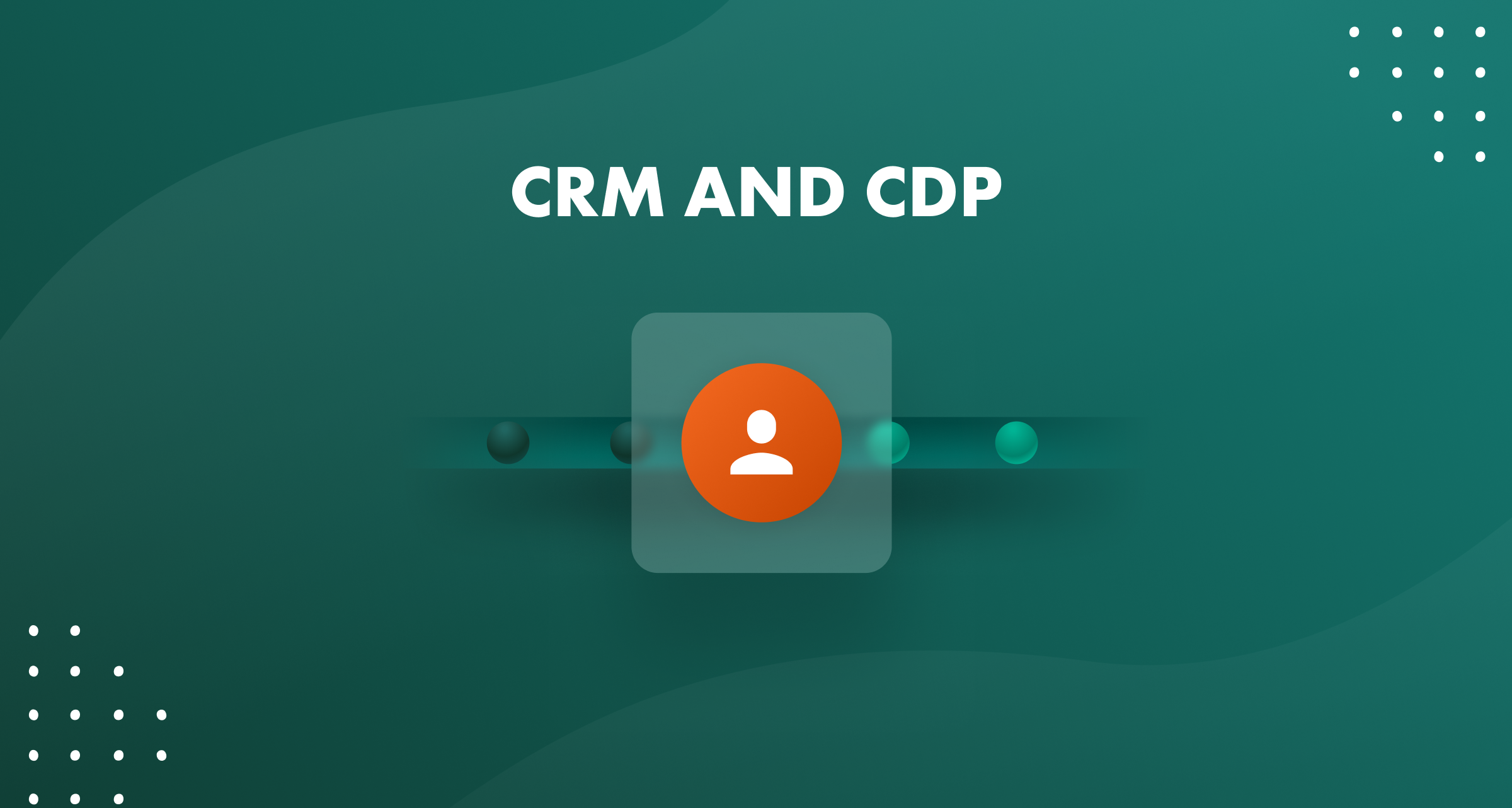Post summary:
- As marketers, we’re told that 50% of our budget is wasted on unqualified traffic and leads. But, what if you could reduce that wasted spend by being more focused on who you target?
- Customer profiles (or buyer personas) are designed to help you understand who your ideal customers are. By doing so, you can craft marketing messages that address their challenges and needs, and attract them to your business.
- Here, we share what customer profiles are, how you can create them, best practice tips and how they can benefit your business. Plus, we provide you with 3 examples to help inspire you when creating your own.
You’re spending hours trying to convert the leads in your CRM.
But no matter how hard you try, the conversions aren’t coming.
...What’s going wrong?
The first answer that comes to mind is a poor sales process.
However, that’s not always the case.
If the leads entering your sales pipeline aren’t high-quality, no push will be great enough to tip them over the line to become a loyal customer.
It’s tough to know which leads are “high-quality” unless you’re using customer profiles.
In this article, we’ll share everything you need to know about customer profiles - including what they are, how you can benefit from them and the step-by-step guide you’ll need to create your own.
Ready? Let’s dive in.
What is a customer profile?
Before we go any further, here’s the official definition of a customer profile:
A customer profile tells you everything about the people you want to bring onto your customer list.
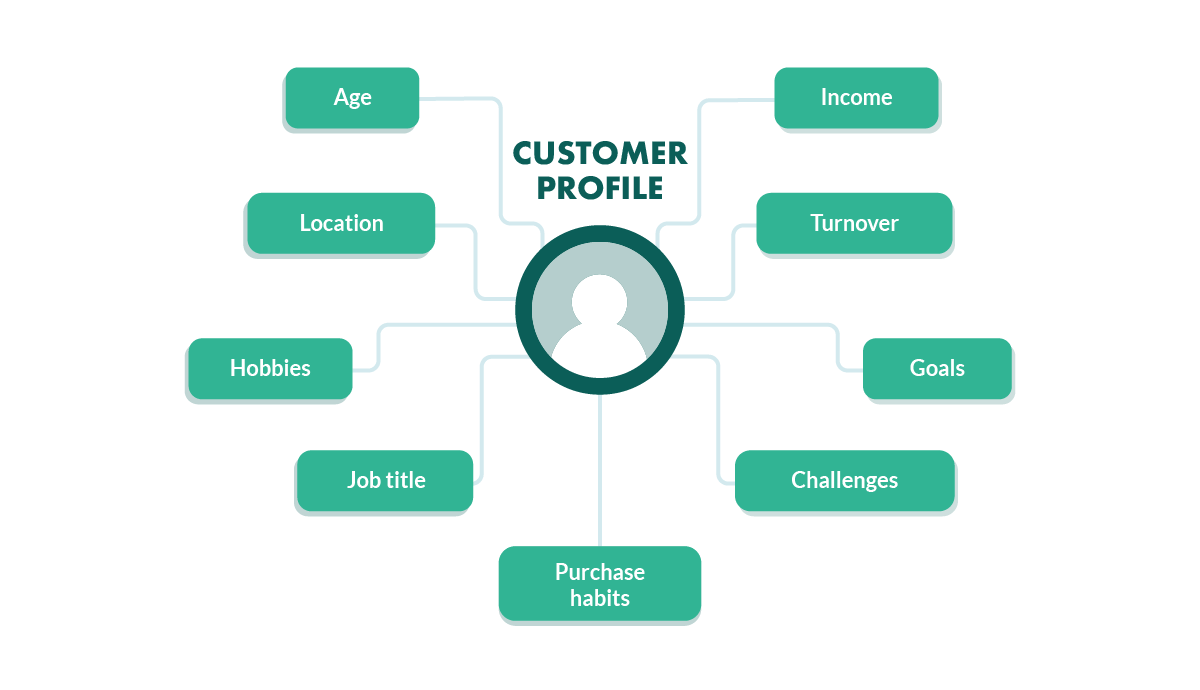
It includes common details they tend to share, such as their:
- Age
- Location
- Hobbies
- Job title
- Income
- Purchasing habits
- Goals or motivations
- Challenges or pain points
A B2B customer profile should also include the firmographic data of their targets—such as their company size, employee count, or annual turnover.
Customer profiles are often referred to as buyer personas or user profiles. Each term essentially means the same thing: A single document that lists key demographics, interests, and behaviors of your target customers.
The benefits of customer profiles
Now we’re clear on exactly what a customer profile is, you might be questioning whether you actually need them.
The short answer? You do.
Research from Tech Validate found that 99% of marketers cite being able to create, store and leverage universal 360-degree customer profiles as either important or extremely important.
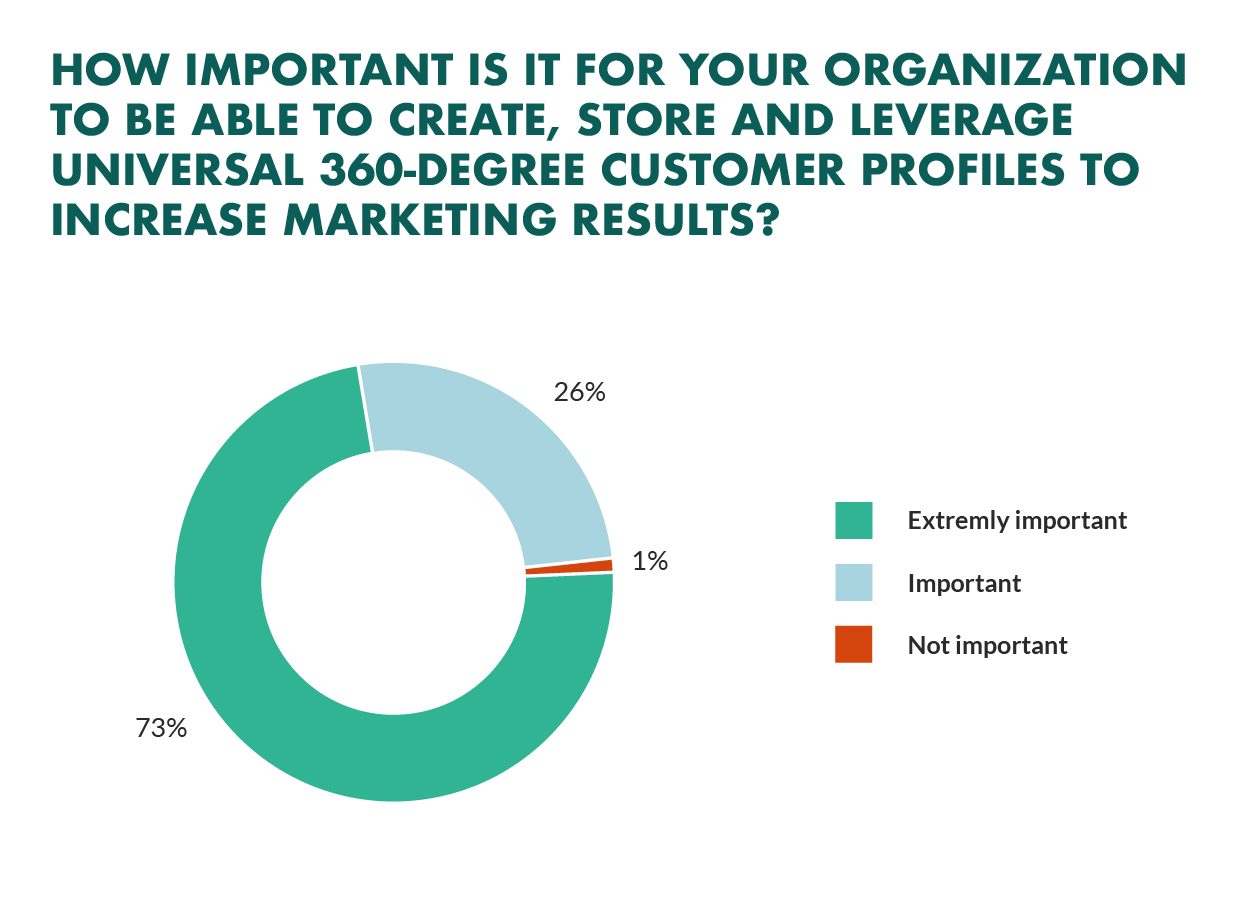
Why do marketers consider customer profiles so important?
Here’s why.
It's easier to find new leads
When you put together a user profile, you’ll know the exact traits your target customers share.
This data is a goldmine for sales teams because they can use the information you’ve already collected about your customers to actively generate new leads that fit the same criteria.
For example: If your customer profile notes that leads are in-house marketers involved in online communities, you’d head to sites like Growth Hackers or Hacker News to find them.
It’s much easier than running generic (and costly) Facebook ads to people who might be your ideal customer, right?
You’re heading to the websites they engage with in their own time—not invading their space elsewhere on the internet.
You can quickly qualify new targets
How many of the leads who make their way to your pipeline actually convert?
If 100 leads come through to your sales team, just 25% of them might actually be the people you want to convert. But it doesn’t make sense to nurture them all; you just need to identify the leads most likely to hit “purchase”.
So, for each new lead that comes in, map them across to your customer profile using the data you’ve already collected about them. Prioritize nurturing those who are a match.
It helps with account-based marketing
It’s no secret that personalization is here to stay. One report found 52% of consumers are willing to share personal data in exchange for personalized offers or discounts—something you can use customer profiling to take advantage of.
When you’re using an account-based marketing strategy, you’ll need to personalize the communication your sales team have with each lead. It’s tough to do that on a large scale when you don’t have much time to invest into learning about each individual lead.
But when customer profiles come into the mix, you can focus on their pain points they share.
You’ll be able to aggravate the problems your leads are facing when they match your buyer persona—and prove that your product or service can solve it.
Build customer loyalty
Your job doesn’t end when a lead becomes a customer.
The most successful businesses focus on customer retention - keeping existing customers around, encouraging them to become loyal to your brand, and persuading them to purchase time and time again.
There’s a reason for this: It’s five times cheaper to retain an existing customer than acquire a new one.
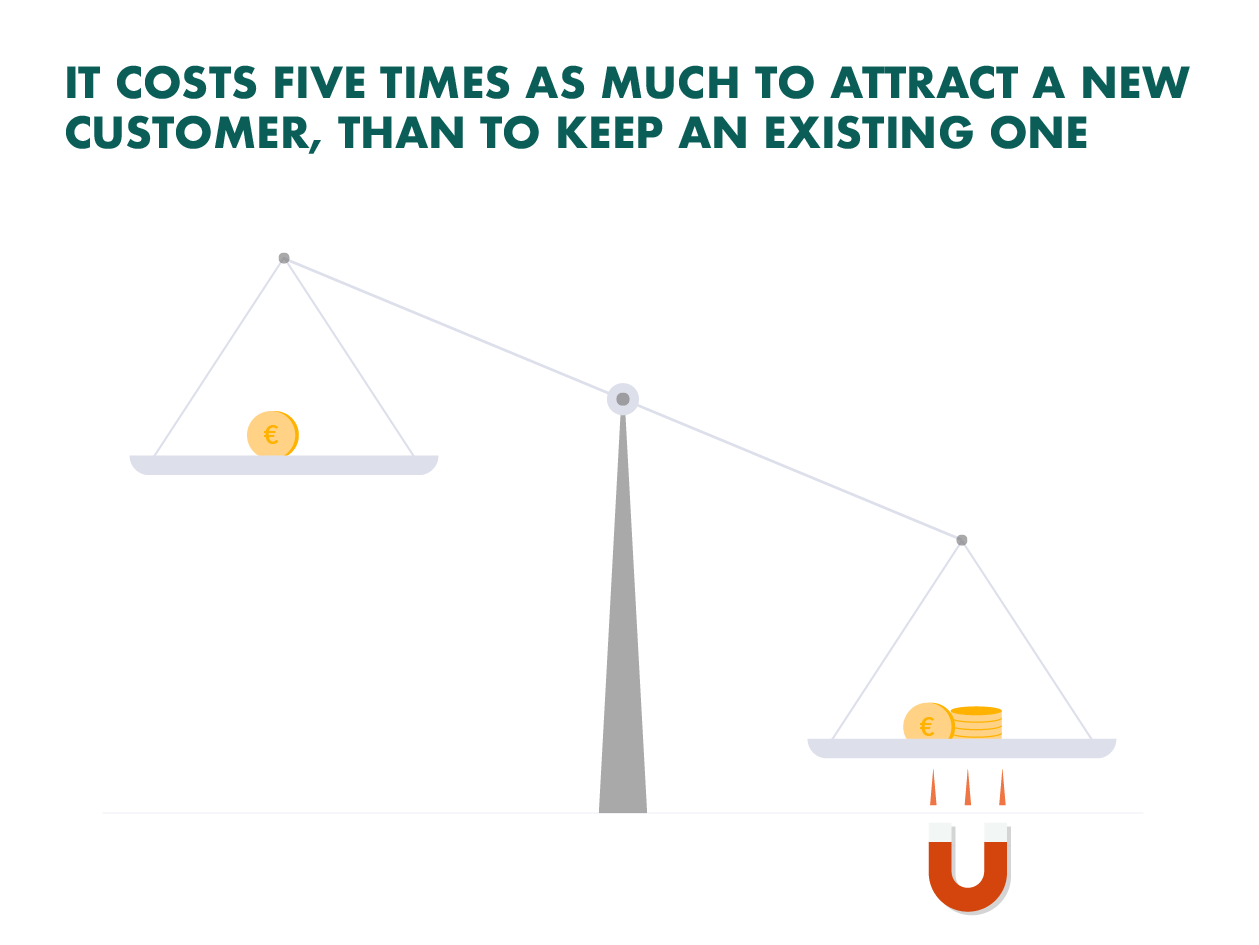
Customer profiles slot in perfectly here because you can use a lead’s interests to personalize the post-purchase customer marketing campaigns you’re sending to them.
Why wouldn’t they want to continue purchasing from your brand if you’re going above and beyond to send more free, relevant content in their direction once they’re on-board?
How to create a customer profile
You’ll need to make a customer profile as soon as possible to experience those benefits.
...But don’t fall into the trap of assuming the traits your target customers share. Customer profiles that are based on guesswork are usually inaccurate. You might find target leads have traits you never thought of—or don’t have the qualities you thought.
The biggest challenge here is accessing enough data to provide a comprehensive overview of your customer.
In fact, it's a challenge that 1 in 2 marketers currently face with 57% saying they miss important data points to provide a full overview of their customer.
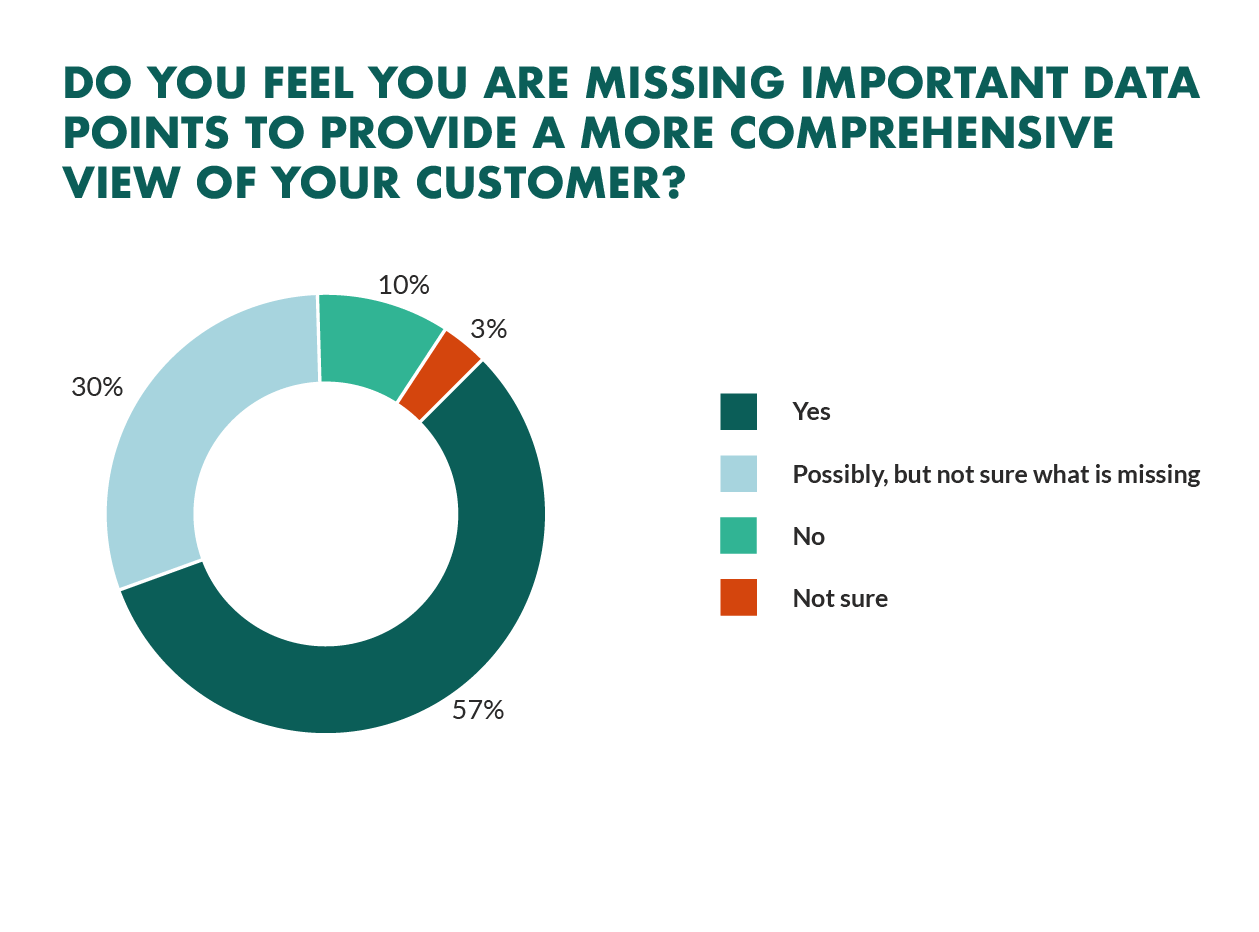
Want to know how to capture the right data points?
Then follow this six-step guide to create (accurate) customer profiles:
1. Talk to your sales team
Your sales team talk to your current customers day-in, day-out.
They know them better than anyone else—making them a great resource for your customer profile building. So, ask your sales team to find the common traits, behaviors or motivations that people tend to show before they hit “purchase”.
For example: Do your sales team often spend time answering questions like “when will our first payment be taken”? Chances are, many of your future customers will be struggling with the same thing: Upfront payment.
You can be aware of this when nurturing future leads by including their concerns under the “challenges” section of your customer profile.
2. Analyze your analytics
Website analytics platforms (whether Google Analytics or Hotjar) are a free and easy way to learn more about the activity happening on your website. However, it’s not just a goldmine for website analytics; you can use their free data to build your customer profiles.
Start by looking at basic details, such as:
- Age: What age range do most customers fall within?
- Gender: Is the percentage evenly split, or does one gender form the majority?
- Location: What city, state, country or continent are they in?
- Device: Do most people visit your site on mobile or desktop?
It’s wise to understand these metrics site-wide. But you want to understand the people actually converting into a sale —not anyone visiting your website who doesn’t have an interest in purchasing from you.
To do this, set up Goal tracking in your Analytics account and use the “Sessions with Conversions” segment. That way, you can easily see the traits your customers have and build them into your user profiles.
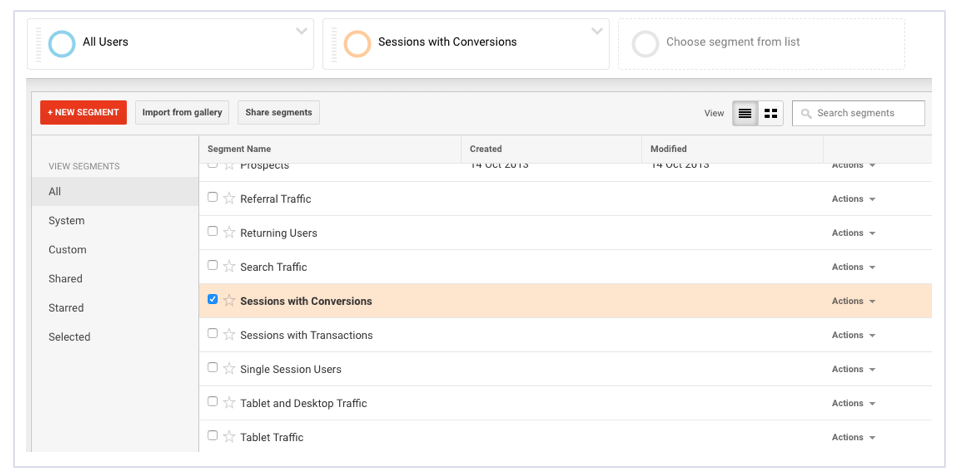
3. Survey your customers
Talking to your sales team and analyzing your analytics is a great starting point. But it’s almost impossible to find out what your customers are thinking unless you ask them. So, go straight to the horses’ mouth and ask them what they think!
Also, known as Voice of Customer, you can get direct feedback from your customers using survey tools like Survey Monkey, Typeform, Google Forms and SuperOffice Forms.
Ask your existing customers to answer open-ended questions that fill the gaps, such as:
- What does a typical day look like for you?
- Which online forums do you use?
- Which influencers do you follow?
- What problem(s) did we help you to solve?
- What is the fastest way for somebody to make you angry?
Once you’ve got the answers from a relatively large sample size, dig through your data and find the common denominators.
You might find that a huge percentage of people follow influencers like Tim Ferriss, Arianna Huffington and Richard Branson - a trait you might’ve overlooked in your customer profile if you didn’t ask those existing customers directly.
4. ...then research them
Unfortunately, not everyone who receives your survey link will be willing to share their opinion.
But that doesn’t mean you’re limited.
Spend some time doing your own research to find common traits, and don't forget about the customer journey and path to purchase. To find the answers, you could use customer profiling tools like:
- Alexa, Kvckr or AngelList for firmographic data
- Twitter, LinkedIn or industry forums to inspect their language
- The ONS or Census for general, population-wide studies
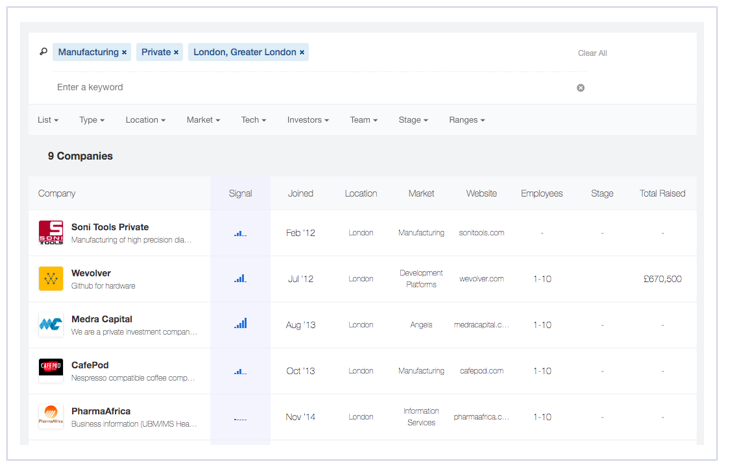
Remember: The key with customer profiles is to get as much information as possible. Don’t be afraid to spend time digging through research papers, Government studies, and following potential leads on social media.
The more you know about your leads, the better you can nurture them towards a customer.
5. Store their details in a central CRM
By this point, you should have a good understanding of the people you’re targeting.
You don’t want all of your hard work to go to waste. So, create a template for your customer profile in your CRM. Give them a name (like “Steve, CEO” as shown in the 3 examples below), list the traits you’ve found in their description, and pin them internally so your entire company can see.
Then, make your sales and marketing teams refer back to your CRM entry regularly to see the type of lead you want to attract/engage. That way, you won’t spend time finding or nurturing leads who don’t fit your customer profile.
(Don’t forget to make it obvious that your personas aren’t real people. Otherwise, your sales team might waste time trying to convert them!)
6. Rinse and repeat
Before you rush off to build your profiles, don’t forget that you don’t need to lump everything you find into a single customer profile.
It’s important to keep your buyer personas as accurate and niche as possible.
You can do this by finding common traits that several target customers tend to share, and grouping them where relevant. If anything doesn’t fit (but the data is still significant), it should form a new profile.
3 customer profile examples
Are you ready to start finding target leads who match your user profiles?
Here are three customer profiling examples you can draw inspiration from throughout the process:
1. The Five Abilities
Did you know that the average sales person spends almost 65% of their time on non revenue-generating activities?
A great way to workaround that wasted time is to build customer profiles that don’t just focus on your ideal customer—but the traits that indicate someone might not be a great fit.
You don’t want to spend time converting someone who probably won’t purchase, right?
Take a look at this example from The Five Abilities:
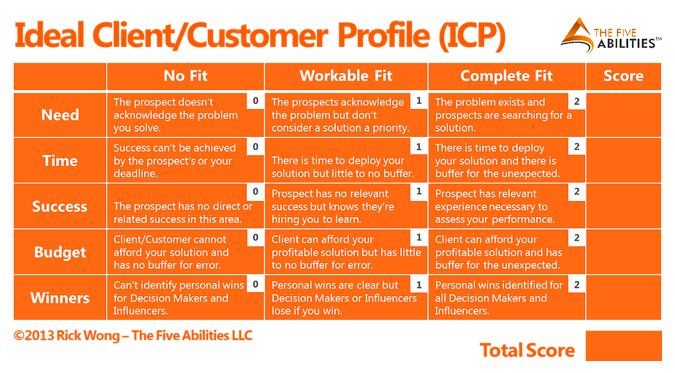
The company behind this user profile jot down qualities indicating leads aren’t a fit, along with those that could convert if they’re nurtured correctly. This allows their team to prioritize which leads to convert.
2. Steve, CEO
Another great customer profile example is the Steve, CEO persona.
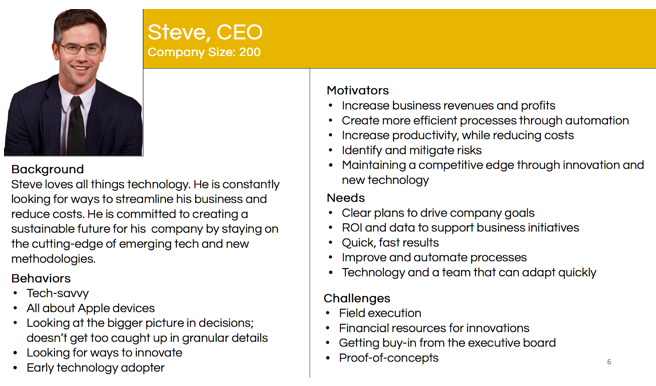
The profile includes Steve’s behaviors, preferences, and the motivations relating to his business—such as maintaining a competitive edge and increasing productivity, while reducing costs:
The sales team working from this customer profile have hit the jackpot; they know exactly what Steve is looking for, and can tweak their messages accordingly.
3. Marketing Operations Manager
Finally comes the Marketing Operations Manager customer profile, which details the firmographic data you’ll need for a B2B buyer persona:
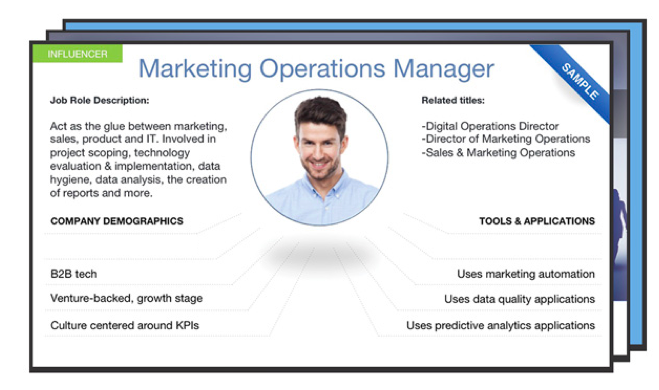
But instead of sticking with standard data (such as company size, turnover or location), this persona also lists the tools and applications their target customers are already using—again, giving sales teams ammunition to mention those tools in their sales pitch.
Final thoughts
There’s no doubting that customer profiles are essential for any sales or marketing team.
The more you know about your customers, the better chance you have at personalizing their messages. That will undoubtedly put you in with a better chance of converting them—especially when 86% of buyers are more likely to buy from a company that offers personalized experiences.
Remember to base your customer profiles off real data rather than guesswork, survey your existing customers, and create a new buyer persona for each distinctive character trait that doesn’t already slot within an existing profile.
It’s a great way to find (and nurture) the leads you’re trying to turn into customers.
Like this article? You can share it with your network here.
Looking for an award-winning CRM system to store your customer profiles in? Contact us to learn more.
